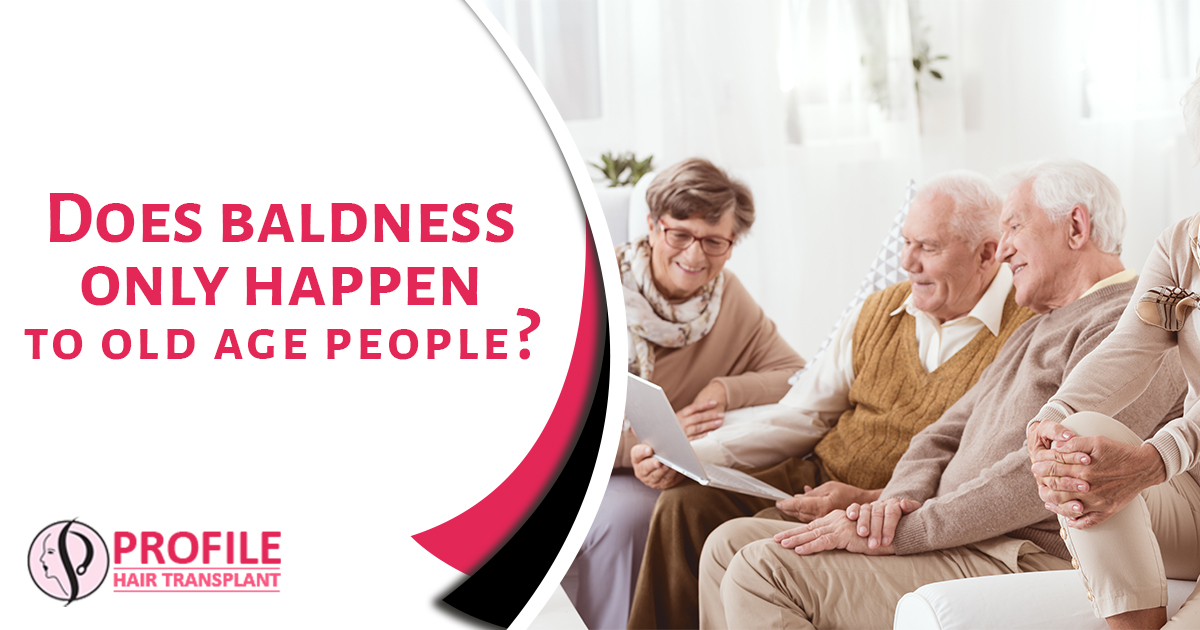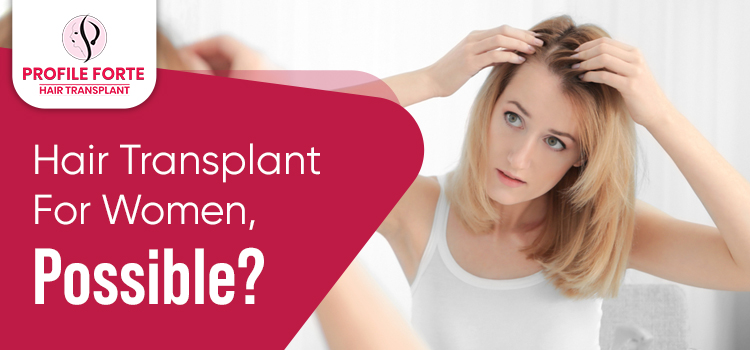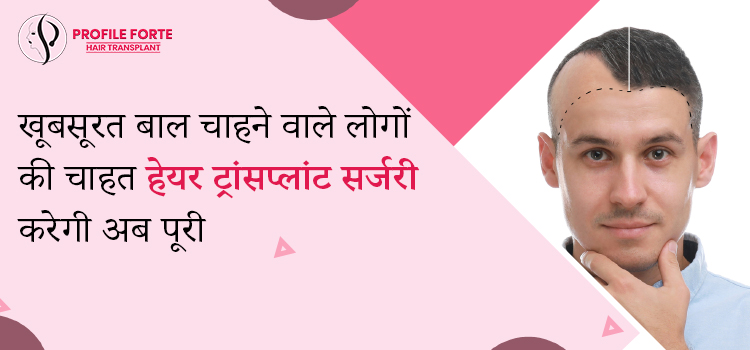The Ill Effects of Age
As our age advances, we tend to see deterioration in the things we often took for granted, the skin may start wrinkling and sagging. The hair may start thinning and turning gray. But with the right attitude and good care of your body (and soul), you might be able to retard, if not reverse the signs of aging. One of the things which are the most affected by age is our hair. Let’s dissect what causes the changes in hair with aging and what to do about it.
The Connection Between Hair Loss And Aging
Aging influences all the parts of the body. Hair is also affected by it. Although our genetic makeup has the final say in the amount of hair loss we have, we ultimately end up losing hair as we age. As we advance into our senior years, our hair tends to thin out and subsequently fall. The falling and replacement are done rapidly in our younger years but as we age , the fall rate may not be compensated as easily and rapidly. The end result is that we start showing a bald head as we age.
Aging and Grey Hair
Of course, one of the earliest and most obvious signs of aging lies in the greying of hair. While some people show signs of greying in their 30’s, some turn grey in their 50’s. The grey hair is due to the fact that the pigment which colors the hair stops being as active as it was in our youth. The scientists have recently isolated a gene called IRF4 which causes greying of hair. It is now being researched upon for understanding the process of aging. Most people with grey hair start coloring it. Hair color contains chemicals which might cause permanent damage to the skin and eyes. Regular use of hair color can lead to many types of cancer. Many celebrities have set the example of giving up coloring their hair. We feel a lot many people can follow the example.
Hair Loss And Aging
Humans normally tend to lose about 100 strands of hair per day, but it gets replaced. As we age, the replacement capacity of the body decreases. The hair also starts thinning with age. The hormonal changes which we experience with age also tend to influence our hair growth and quality of hair. Women experience menopause which brings hair thinning and hair loss with it. If the estrogen decreases, then the appearance of hair on the upper lips and chin occurs while causing depletion on the head. The size of hair follicles also decreases with age thus leading to the production of thinner and finer hair, which can cause varying degrees of baldness.
How Aging Influences Our Hair Cycle
The hair we have continuously goes through three phases of hair cycle-Growth phase, a transition phase, and a resting phase. During the growth phase, the hair grows for a period of several years. It prepares to fall in the transition phase, which is shorter as compared to the growth phase. It falls out during the resting phase. As we age, the hair cells tend to spend more time in the resting phase, which means the rate of shedding hair exceeds the rate of its growth. This results in hair loss.
Female Pattern Hair Loss
Women may experience female pattern hair loss which may start as early as the 40s and go unnoticed as it is progressive.
How The Texture And Strength Changes
With age, the cells which form the cuticle (the protective layer of hair ) become weak and fragile. Keratin levels and fatty acids tend to decrease which means hair becomes weaker and less elastic. This causes the hair to easily break when pulled. The texture may also become coarse as oil glands start producing less serum. The aging hair can’t handle extreme styling mechanisms. One should also keep the hydration factor in mind. The more hydrated you are , the less dry your skin and scalp will be.
What Is The Solution, Then?
Here how to ensure that your hair doesn’t age before its time-
- Eliminate stress
Stress is a gift of the modern world. Everyone has some of the other stress factors in one’s life. How you deal with it will mean a lot for your mind, body, and spirit. Engage yourself in activities which de-stress you. Meditation and breathing exercises are a good solution to the problem. Having a sufficient, good quality sleep is also essential in ensuring your wellbeing.
- Stay active
Exercising regularly will help boost your circulation and help your scalp stay young through stimulation of hair follicles. Brittleness of bones and stiffness of muscles increases as we age. Maintaining an exercise regimen will help in keeping these factors away along with taking care of your hair. So set aside time for walking and yoga.
- Have a nutritious diet
Take care that you eat a well-balanced diet which is rich in proteins. It will give you energy for the production of healthy hair cells. A diet rich in calcium, vitamins A, E and C, and Omega-3 Fatty Acids helps in keeping the hair healthy.
- Stay away from heat styling
Straightening and perming using heat damage the hair. Regular use of such styling can lead to hair loss and brittleness of hair. Grey hair is more brittle than its younger counterpart, so keep away the styling products from it. If it is absolutely necessary, keep the heat at its lowest and try to keep the contact time to a minimum.
- Seek medical help
Minoxidil is a medicine which is very helpful in case of hair loss. It can be used in both liquid or foam form. It is FDA approved and can be used by men in treating hair loss. You can also use Argan oil for deep conditioning and hydration of dry hair. Medical help can also include getting hair transplant if the bald area is too much.
- Choose air dying
Avoid blow drying and opt for natural drying whenever possible. Blow drying tends to damage your hair and makes it brittle.
- Take vitamin supplements
If you are deficient, a daily dose of 3000mg of biotin daily will help.
8. Cover your head – Conceal your hair if you are experiencing a bad hair day. Use hats, scarves and wigs to protect your natural hair.




